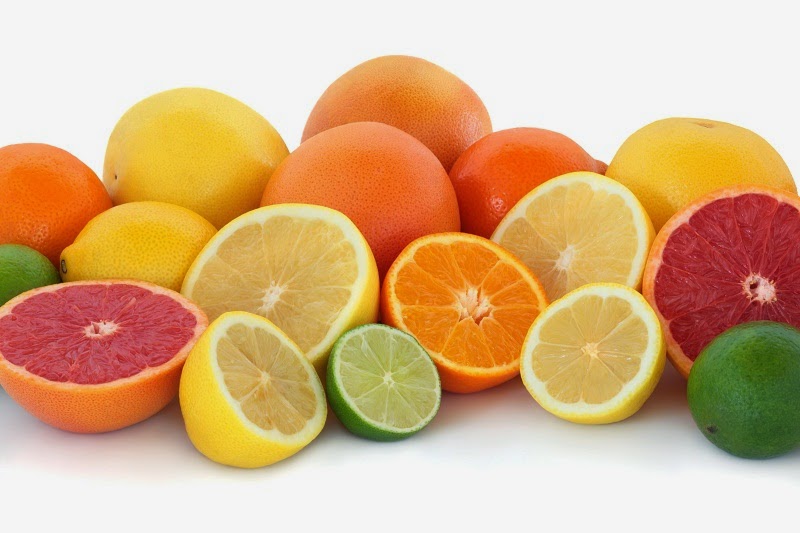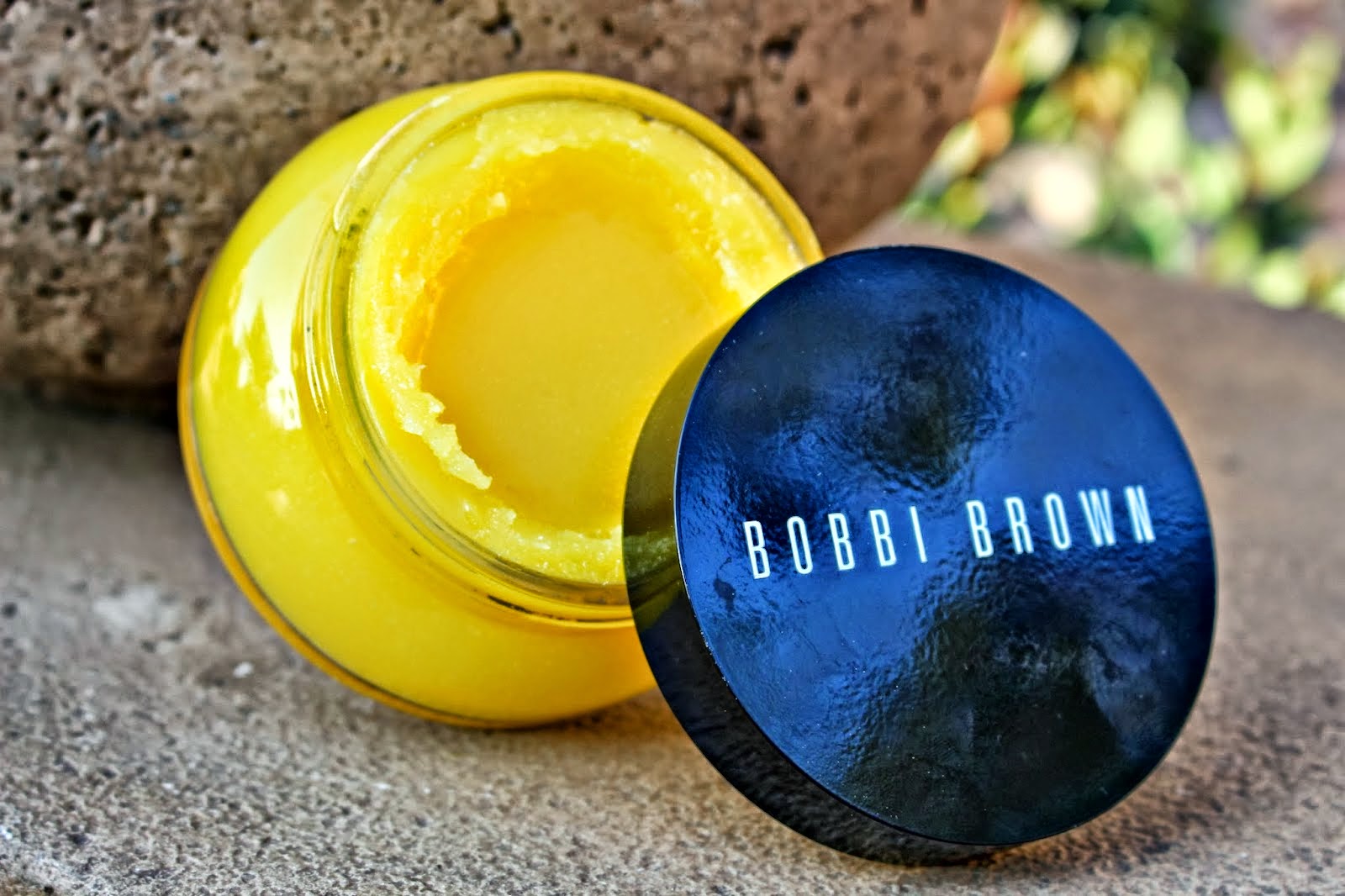You may spend a lot of money on luxury skin care products to maintain a youthful glow on your face. However, healthy skin does start from inside. Why not incorporate some magical but very common fruits in your diet to promote a bright, clean and radiant complexion?
Below are the common fruits that you can simply grab from the produce section of the local market. You may be surprised to find that they are the simplest and inexpensive way of maintaining healthy and youthful skin.
Alleviate skin damage
Key fruit: Tomato
Spring is in the air, finally! As the daylight time prolongs, the chance that your skin runs into ultraviolet rays and harmful radiation gets greater. Most of us know that unprotected exposure to ultraviolet rays can lead to skin damage and wrinkles. Research found that tomatoes can stave off these harmful effects due to an antioxidant tomatoes contain called lycopene. Although tomatoes contain the highest concentration of lycopene, you can get the compound benefits from watermelon, pink grapefruit, apricot, guava and papaya.
Sooth the skin
Key fruit: Avocado
It was found that avocados contain a variety of antioxidants and healthy fats, which can nourish the skin and maintain cell structure and function. In addition, avocados are rich in vitamin E. Vitamin E is a powerful antioxidant which can deactivate free radicals and is very helpful to the healing of sunburns, inflamed skin and skin sores. While avocados can provide an adequate amount of fatty acid that your body and skin need, they are also high in calories and possibly lead to weight gain if overindulge. A recommended way to consume this fruit is to eat it as a salad topping.
Mitigate visible aging
Key fruit: Citrus
As an added benefit, vitamin C can strengthen your immune system and promote metabolism in your body.
Detoxify the skin
Key fruit: Pears
Pears are a good source of fibers. One large pear has 5 grams of fiber, three of which are soluble fiber. Soluble fiber cleanses the body of toxins that damage skin cells. It will prevent wrinkles and dull skin. Also, because pears are rich in fibers, they can promote weight loss and help you achieve / maintain a slim body figure. To add pears to your diet, you can simply use them as an ingredient in your soup.
Stay healthy and stay pretty!










